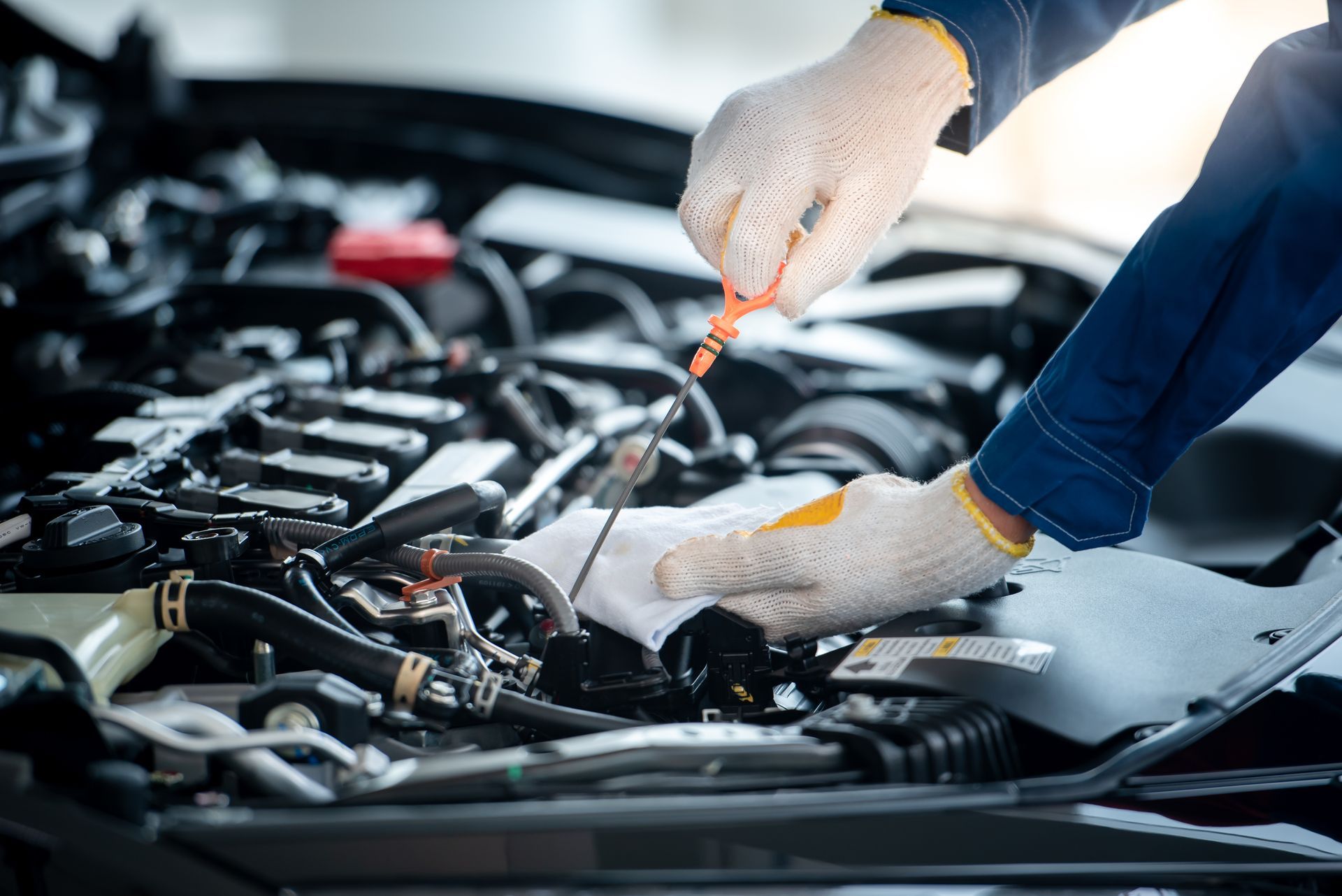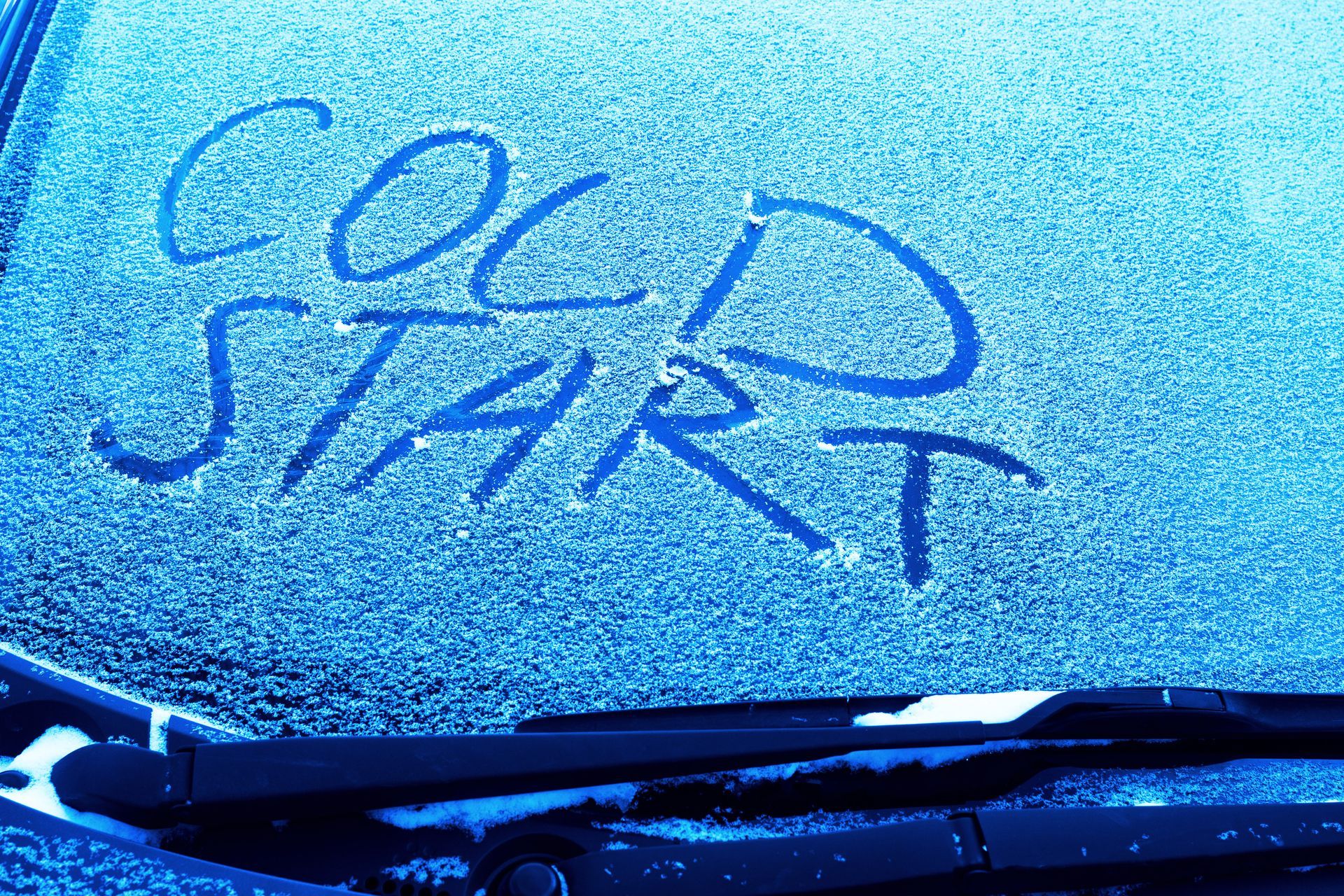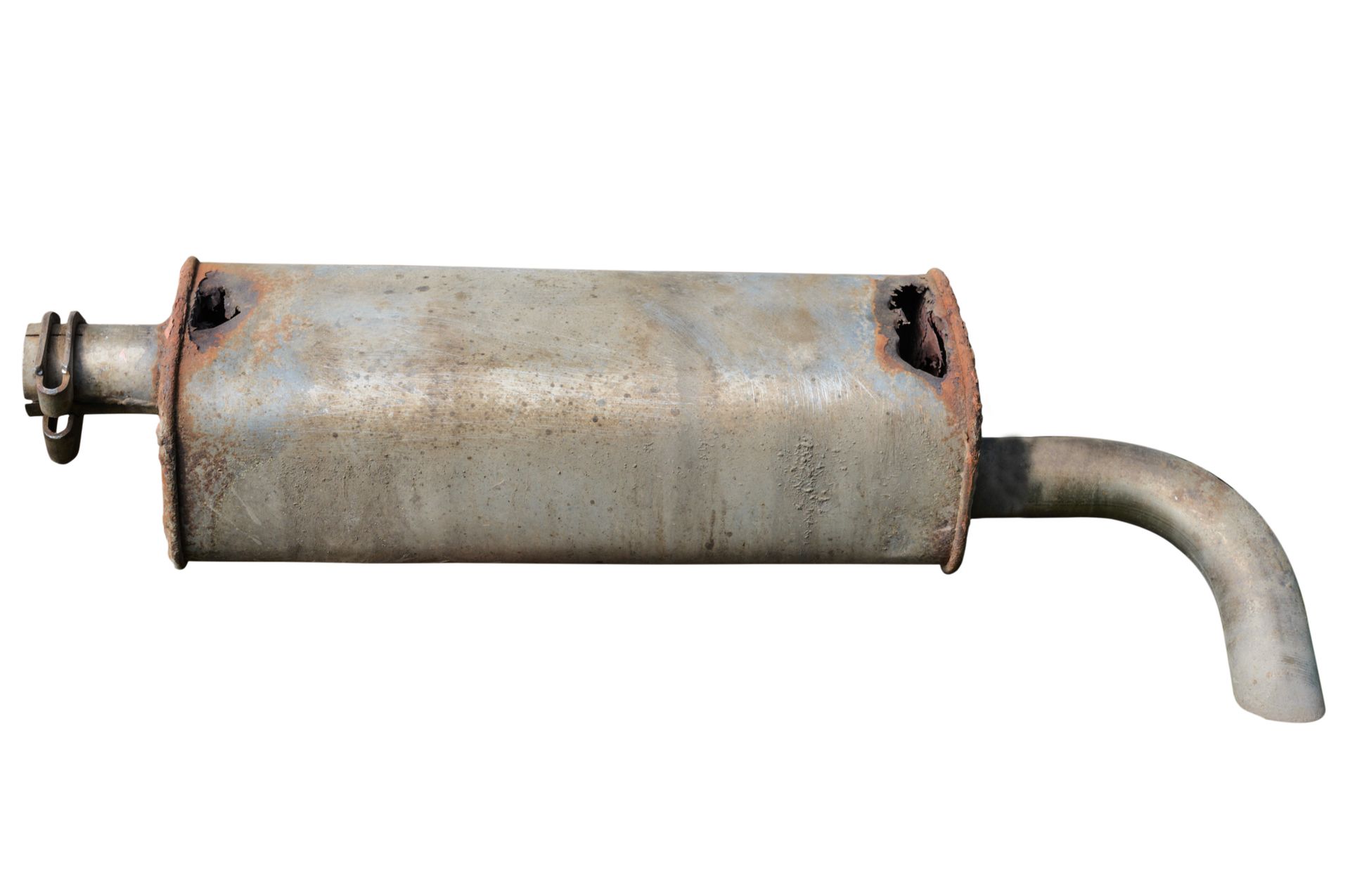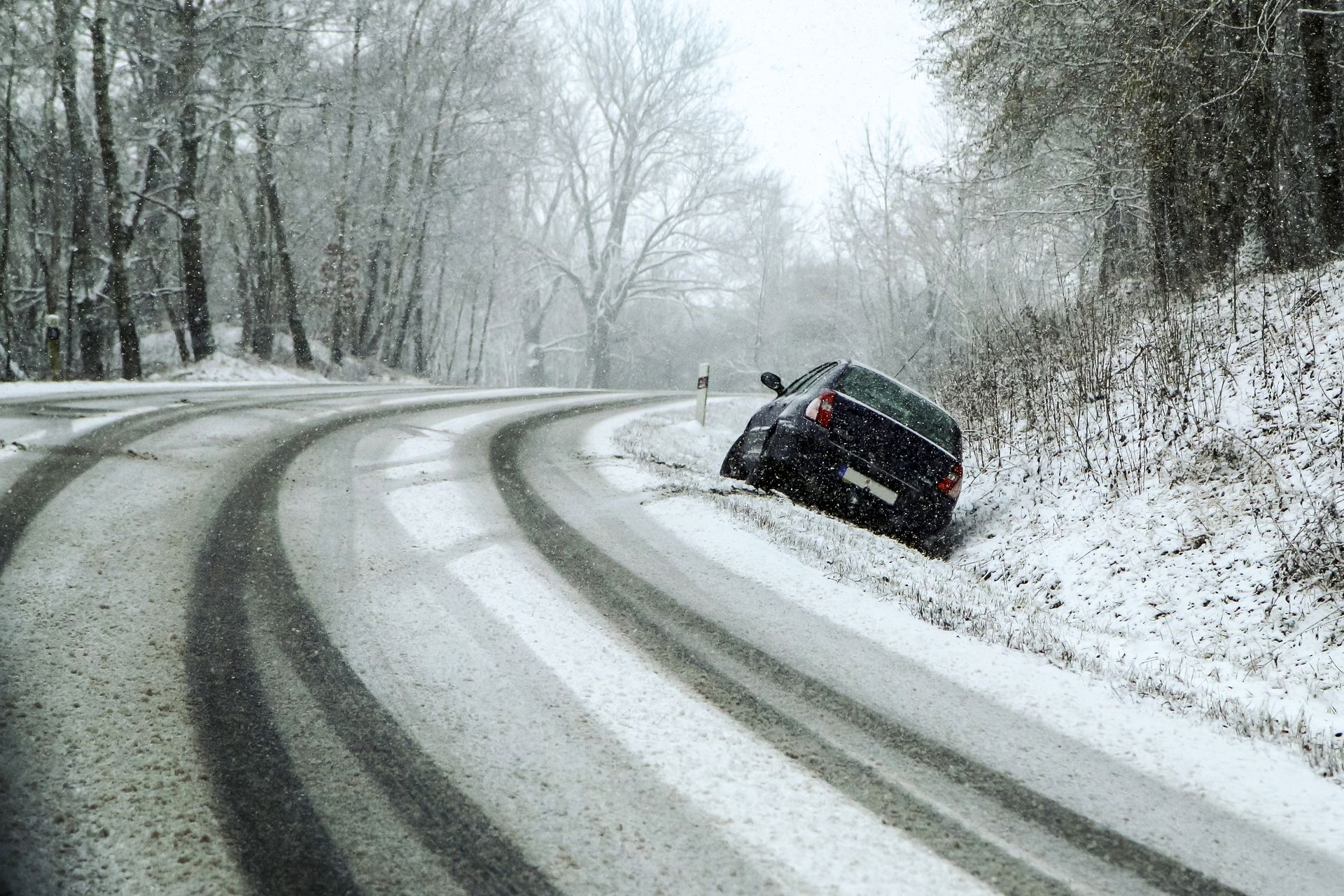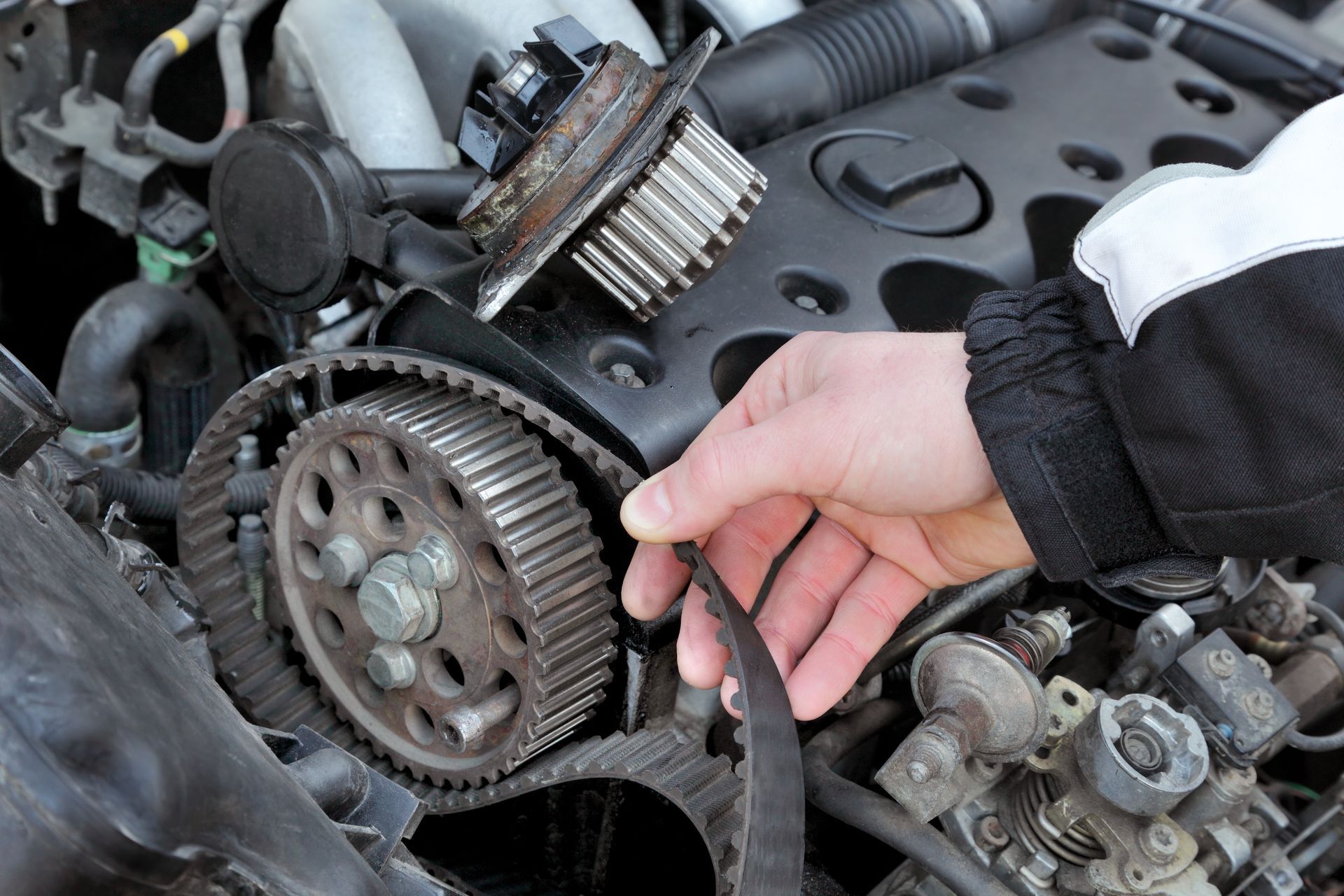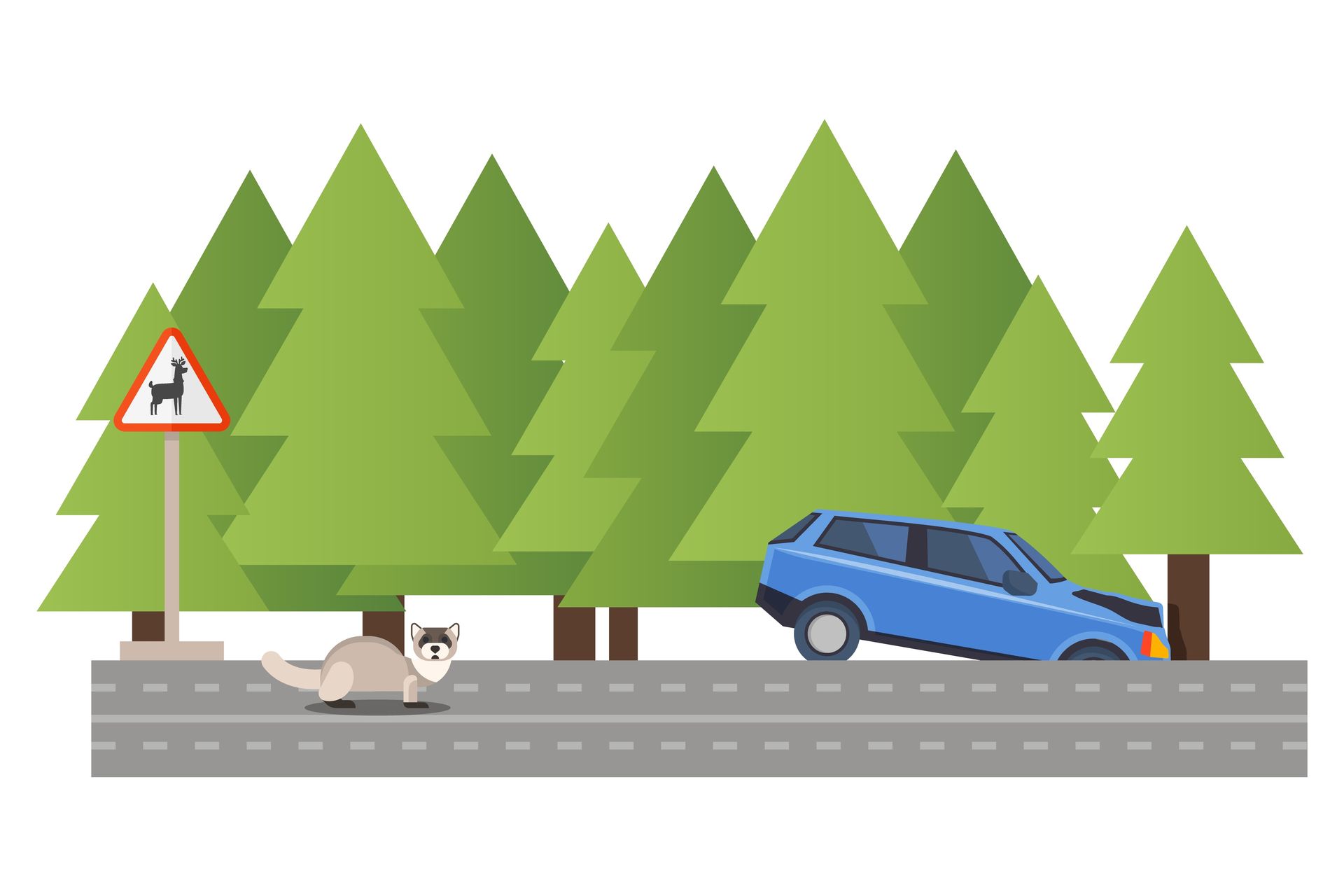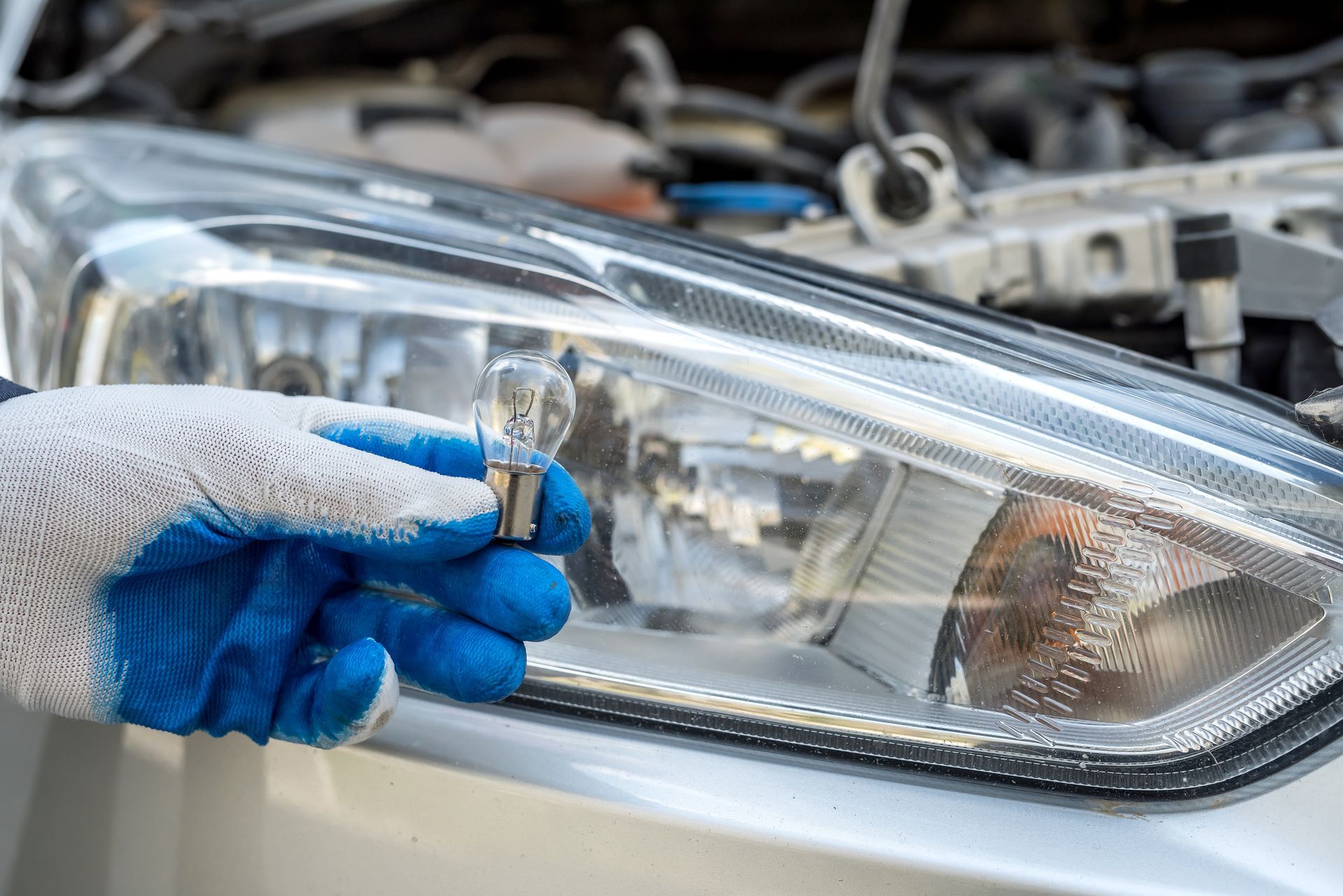Loading ...
Missing business hours data / Error occurred while getting the data.
Loading ...
Missing business hours data / Error occurred while getting the data.
Why Aren't My Brake Lights Turning On When I Press on the Brakes?
August 26, 2024
It’s easy to overlook the importance of your brake lights, especially since you can’t see them while driving. However, when they fail to turn on when you press the brakes, it’s more than just a minor inconvenience—it’s a serious safety hazard. Not only do your brake lights communicate to other drivers when you're slowing down or stopping, but malfunctioning lights could also lead to an accident or a traffic ticket. So, if you’ve noticed that your brake lights aren’t turning on, it’s crucial to identify the problem and resolve it quickly. But what causes brake lights to fail in the first place? Let’s explore some of the most common reasons.
Faulty Brake Light Bulbs
The simplest and most common reason for brake lights not working is a burnt-out bulb. Just like any other lightbulb, brake light bulbs have a lifespan, and when they reach the end of it, they will no longer function. Over time, constant use and exposure to the elements can wear out the bulbs.
To check if a faulty bulb is the issue, you can have someone stand behind the car while you press the brake pedal. If the bulbs don't illuminate, you may need to replace them. Luckily, replacing brake light bulbs is an inexpensive and straightforward task.
Blown Fuse or Electrical Issue
If you’ve checked your bulbs and they’re still intact, the next thing to consider is the fuse. Your car’s electrical system relies on fuses to protect components like the brake lights from power surges or short circuits. A blown fuse could easily cause your brake lights to stop working altogether.
To inspect this, you can locate the fuse box (often found under the dashboard or in the engine bay), look for the fuse related to the brake lights, and check if it’s blown. If it is, replacing the fuse should restore functionality. However, if the fuse blows again shortly after replacement, it could signal an underlying electrical issue that needs professional attention.
Malfunctioning Brake Light Switch
Another common culprit is the brake light switch. This switch is located near the brake pedal, and its job is to trigger the brake lights when you press the pedal down. If the switch is faulty or misaligned, your brake lights won’t come on, no matter how hard you press.
Testing the brake light switch is a bit more complicated and usually involves using a multimeter to check for continuity. If the switch is indeed the issue, replacing it should solve the problem. This type of repair requires a bit more expertise, so don’t hesitate to seek help from a professional if you’re not comfortable handling it yourself.
Wiring Problems
Wiring issues can also prevent brake lights from working properly. Over time, the wires connecting your brake lights to the electrical system can become damaged or corroded. This could happen due to exposure to moisture, debris, or simple wear and tear.
If you suspect a wiring problem, look for visible signs like frayed or broken wires. Unfortunately, wiring problems aren’t always easy to spot, and resolving them often requires advanced electrical diagnostics. It’s best to leave this to our skilled technicians who can safely trace the wiring and repair any issues.
Checking Your Brake Light Function Regularly
Since brake lights are such an essential safety feature, it’s a good habit to check them regularly. You can do this by asking someone to stand behind your car while you press the brakes or by parking in front of a reflective surface like a garage door and observing the lights in the reflection.
Regular inspections can help you catch issues early before they become a serious problem. It’s also wise to keep an eye on your dashboard—some modern vehicles will alert you with a warning light if there’s an issue with the brake lights.
Don’t ignore faulty brake lights—stay safe and avoid costly tickets! Head over to
Shawnee Station Automotive for fast and affordable brake light repairs. Our team is ready to help with all your car maintenance needs.
Loading ...
Missing business hours data / Error occurred while getting the data.
Call Us:
Loading ...
Missing nap lines data / Error occured while getting the data.

